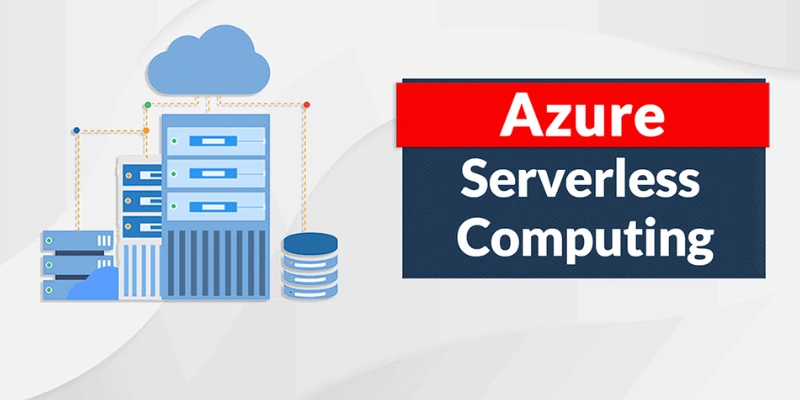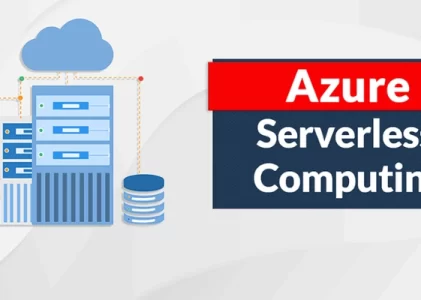Have you ever wanted to deploy code without worrying about infrastructure, scaling, or server management? That’s exactly what serverless computing offers, and Azure Functions is Microsoft’s answer to this powerful paradigm. In this blog, we’ll explore how to use Azure Functions effectively and why serverless computing in Azure is transforming modern application development.
If you are new to this space, establishing a strong foundation is crucial. Enrolling in Windows Azure Training in Chennai is a great way to gain a hands-on understanding of Azure’s ecosystem, including Azure Functions, storage accounts, triggers, bindings, and real-world use cases.
What is Serverless Computing?
Serverless computing allows developers to run code without provisioning or managing servers. You simply write code, deploy it, and let the cloud provider handle the rest. Serverless computing Azure lets you focus solely on business logic.
Azure serverless computing enables automatic scaling, built-in high availability, and a pay-per-execution billing model. Azure Functions is one of the key services in this domain. You can write event-driven code in various languages including C#, JavaScript, Python, and more.
Why Use Azure Functions?
Here’s why Azure Functions are an essential part of modern, cloud-native development:
- Event-driven architecture: Respond to HTTP requests, queue messages, file uploads, and more.
- Scalability: Microsoft automatically handles scaling depending on demand.
- Cost-effectiveness: Pay only for the time your code runs.
- Integration: Easily connect with other Azure services like Blob Storage, Event Grid, Cosmos DB, and more.
When learning the Fundamentals of Microsoft Azure, Azure Functions stands out as one of the most flexible, lightweight, and efficient ways to deploy code in response to events.
Real-world Use Cases of Serverless Azure
Azure Functions can be used for:
- Processing files when uploaded to a storage container
- Running background jobs and scheduled tasks
- Real-time stream processing
- Triggering notifications based on database changes
- Creating APIs with Azure’s Web API implementation
These practical use cases show how serverless Azure fits seamlessly into modern development workflows. It’s no surprise that developers prefer this model when building highly responsive, decoupled applications.
Setting Up Your First Azure Function
Let’s walk through creating a basic Azure Function:
Step 1: Prerequisites
- An active Azure subscription
- Visual Studio Code or Azure Portal access
- Azure Functions Core Tools (for local development)
Step 2: Create a Function App
- Go to Azure Portal
- Navigate to “Function App” > Click “Create”
- Choose your runtime stack and hosting plan
Step 3: Define a Trigger
Functions start with triggers like:
- HTTP Request
- Timer
- Queue or Blob Storage events
Select HTTP Trigger for simplicity.
Step 4: Write and Test Code
Use the Azure Portal editor or Visual Studio Code to build a basic function.
Step 5: Deploy and Monitor
- Use CI/CD pipelines via GitHub Actions or Azure DevOps
- Monitor performance using Application Insights
By understanding these steps, you’ll master the core of Azure serverless computing in no time.
Best Practices for Using Azure Functions
- Keep functions small and single-purpose: Easier to debug and manage
- Use Dependency Injection (DI) when necessary
- Avoid long-running tasks: Use Durable Functions instead
- Secure your functions: Always enable authentication
- Log wisely: Avoid logging sensitive data
Following these principles ensures your Infrastructure Solutions by Microsoft Azure are efficient, secure, and reliable.
Comparing Azure Functions with Other Serverless Tools
Azure Functions competes with AWS Lambda and Google Cloud Functions. What sets Azure apart?
- Tight integration with Microsoft services
- Better enterprise support
- Robust developer tools and templates
That said, some professionals also pursue Google Cloud Training in Chennai to diversify their cloud skills across platforms. Being multi-cloud fluent is an asset in today’s job market.
Wrapping Up: Why Learn Serverless Computing?
Incorporating serverless architecture into your development strategy reduces operational overhead, scales effortlessly, and accelerates innovation. With Azure Functions, you’re unlocking the true power of cloud-native, event-driven programming.
If you are ready to dive deeper into this exciting field, consider joining a trusted Training Institute in Chennai that offers specialized cloud and DevOps programs. These institutions give you the tools, mentorship, and real-world scenarios to become proficient in Azure Functions and other cloud services.
Mastering serverless computing in Azure is more than a trend, it’s a game changer in building scalable, cost-effective, and resilient applications.
Comments
0 comments

